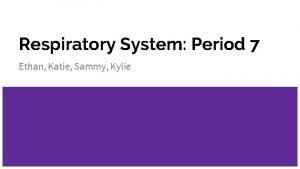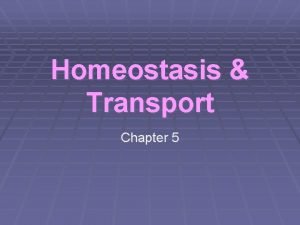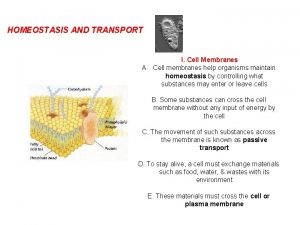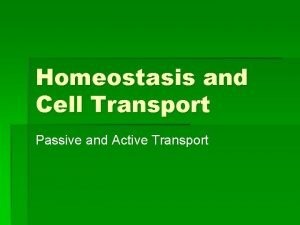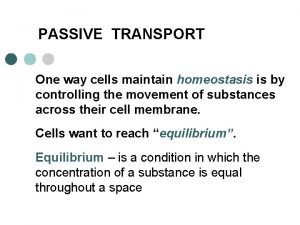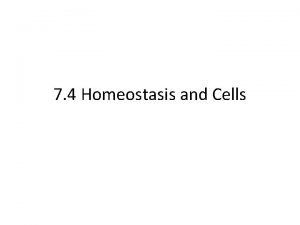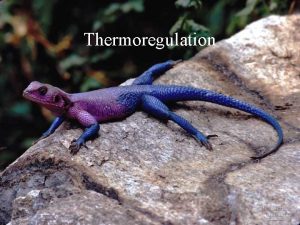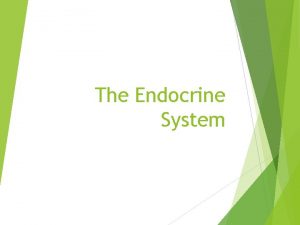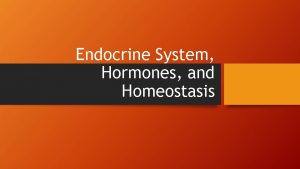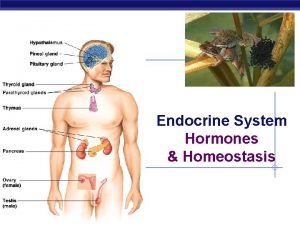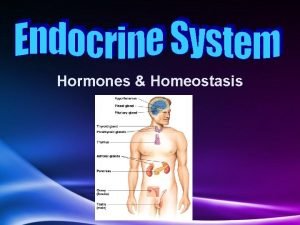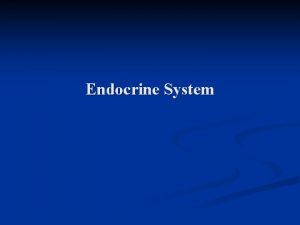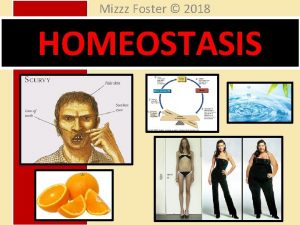Endocrine System Hormones Homeostasis Regulation How we maintain










- Slides: 10

Endocrine System Hormones & Homeostasis

Regulation How we maintain homeostasis u nervous system u nerve signals control body functions endocrine system hormones chemical signals control body functions

OBJ 47 Nervous vs. Chemical Regulation of Homeostasis Nervous System Endocrine System Mode of action Speed of action Duration of action Specificity Neurons and Glands and neurotransmitters hormones Quick Slow Short Long Targets specific organs Carried to all organs of the body

A few glands… Pituitary u u Pancreas u gastrin Ovary u insulin, glucagon Stomach u many hormones: master gland Controlled by the hypothalamus Estrogen, progesterone Testes u testosterone


Responding to hormones Lock and key system u hormone fits receptor on “target” cell target cell secreting cell can’t read signal nontarget cells can’t read signal

OBJ 48 2 Hormone Signaling Pathways Protein hormones u u u Hydrophilic/watersoluble Bind to a receptor on cell membrane Activate secondary messengers Steroid hormones u u u Hydrophobic/lipidsoluble Go through cell membrane Bind to receptors INSIDE the cell

OBJ 48 Hormone Signaling Pathways Steroid hormones Protein hormones

OBJ 49 Regulation of Hormone Secretion Antagonistic hormone pairs maintain homeostasis through negative feedback Analogy: thermostat u Examples: blood sugar level, blood calcium level, acid in stomach. u

Endocrine System Control Negative Feedback Regulation of Blood Glucose insulin pancreas liver stores glucose as glycogen (dehydration synthesis) liver cells take up glucose from blood high liver blood glucose level (90 mg/100 ml) low liver breaks glycogen into glucose (degradation hydrolysis) and releases into blood liver pancreas glucagon
 Bioflix activity homeostasis low blood glucose
Bioflix activity homeostasis low blood glucose Bioflix activity homeostasis hormones and homeostasis
Bioflix activity homeostasis hormones and homeostasis Calcitonin and pth are antagonistic hormones
Calcitonin and pth are antagonistic hormones Nontropic hormones
Nontropic hormones Kylie knh
Kylie knh How do cells maintain homeostasis
How do cells maintain homeostasis How do cells maintain homeostasis
How do cells maintain homeostasis Helps maintain homeostasis active or passive
Helps maintain homeostasis active or passive Prosmosis
Prosmosis What do unicellular organisms do to maintain homeostasis
What do unicellular organisms do to maintain homeostasis Countercurrent exchange thermoregulation
Countercurrent exchange thermoregulation




